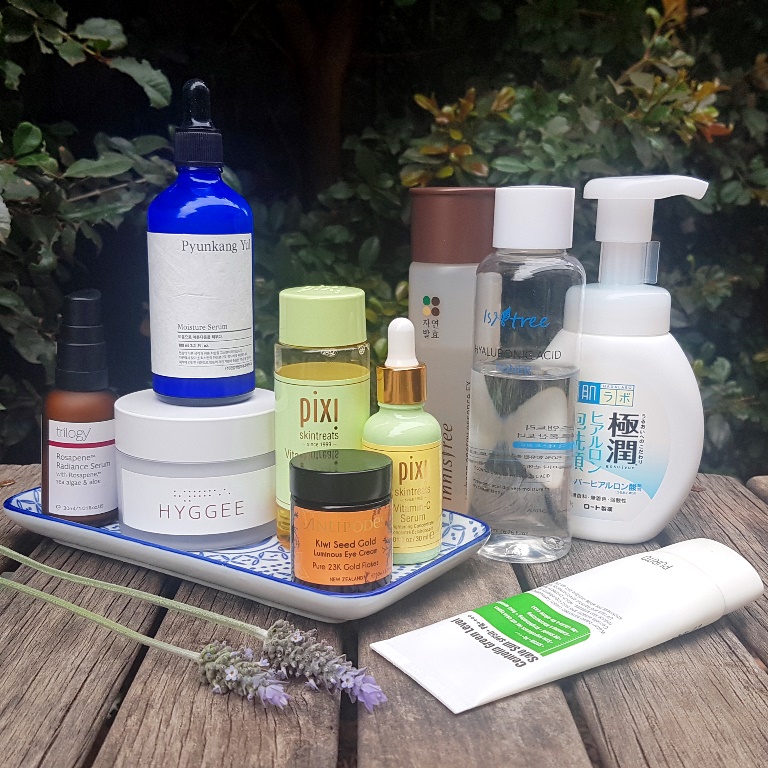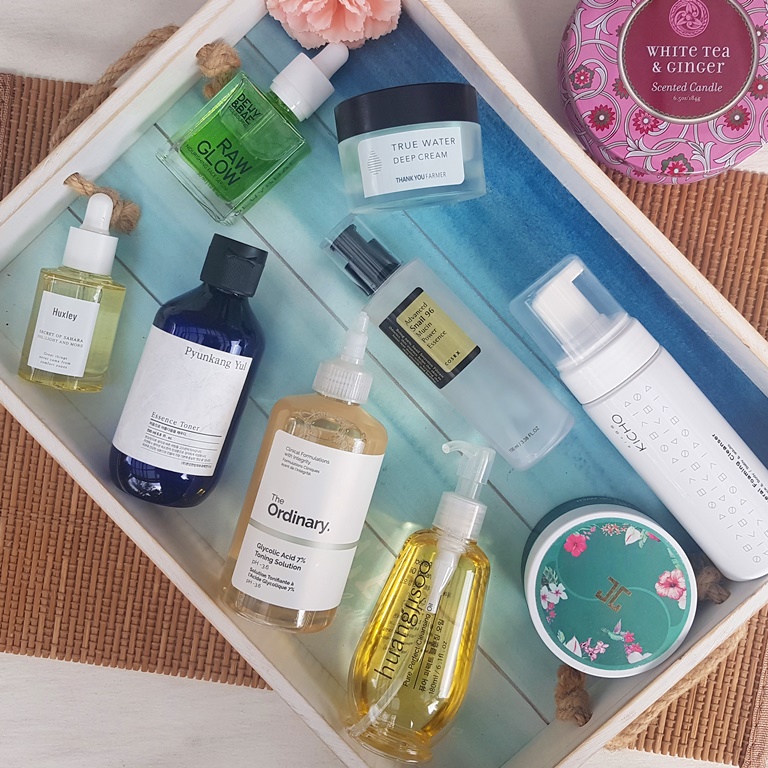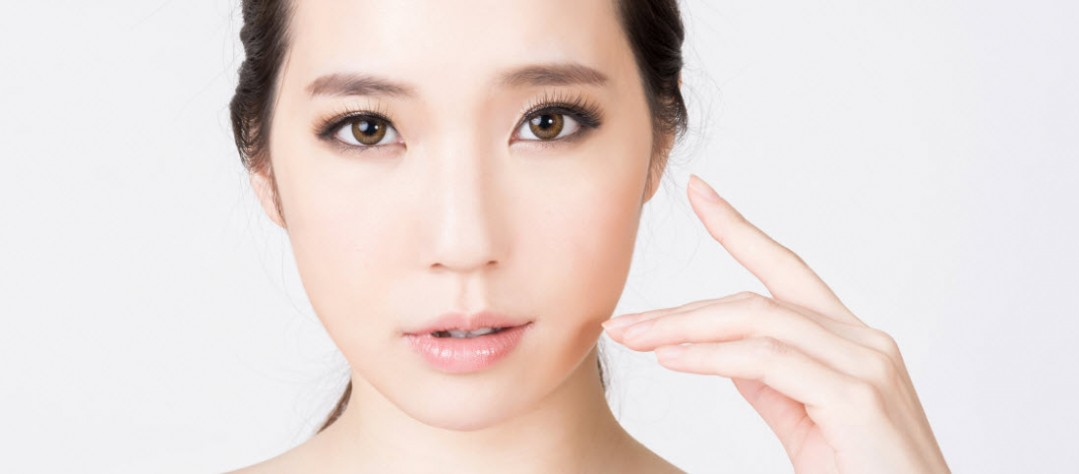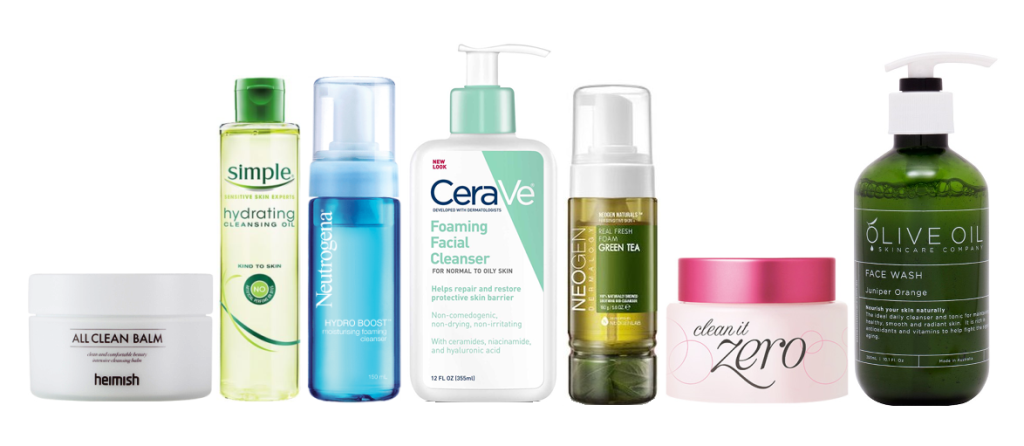
Introducing a Skincare Routine
the start
So, you’ve made a conscious decision to start looking after your skin… properly. This may happen in your teens or in your fifties. Rule number 1 is that it’s never to late or too early to start. Rule number 2 is start slowly. Less is definitely more!
the confusion
Skincare products continue to increase in number, range and claim, so it can be very daunting knowing where to start. There are lotions and potions for just about everything and manufacturers target consumers’ vulnerability with promises of irresistible appeal, trying to convince us that we need everything! Cost is not always a reflection of quality either. The internet is a wonderful source of information but like everything, you can’t always trust what you read/view. So be careful and substantiate the information you gather with your own research.

** Get 20% off your Meejee cleansing device with Discount Code DENISE20 **
the gurus
Watching so-called beauty and skincare gurus on YouTube or reading skinthusiast blogs can be interesting but not necessarily accurate. By all means, follow the people that you like who cover the material that interests you, but always confirm their claims and information with qualified advice from medical practitioners or genuine, reliable information sources, for example, journals and official websites (such as those run by medical and government bodies). There are also several dermatologists who are prominent on social media.

Another thing to consider with online information is whether the author was paid to endorse the product in question. In such a case, the review may be biassed, usually positive and not completely trustworthy. Perhaps negative issues have not been reported and only the positives highlighted. I’m not suggesting that a reviewer can’t like or even love a product that they have been paid to analyse, but be weary of their advice if they are being paid for a product review or endorsement.
Finally, reviewers may be genuine and deliver an honest account of their experience with a product, but always keep in mind that everyone’s skin will respond differently. Their skin type and condition, climate, age, heritage and ethnicity are most likely going to be different to yours, all factors which affect how their body receives that product. For instance, you may love a moisturiser that causes major breakouts on someone else. So, don’t expect to get the same results as those reported every time. No skin product is that universal!
the skin type
Identify your skin type. The most common categories include normal, combination (normal-oily), oily, dry and sensitive. Skincare manufacturers release products to target specific concerns so knowing your skin type is the key to choosing wisely. These broad skin categories may characterize the entire face or patches.

- Dry skin results in a lack of natural oils. Dehydrated skin is often placed in this category too although it is defined by a lack of moisture. Both skin conditions are usually identified by a dull, lackluster appearance without radiance. Skin may also be flaky;
- Sensitive skin tends to be easily irritated and blotchy;
- Oily skin is blemish prone and typically shiny due to excessive oil production;
- Combination skin tends to be oily in the T-zone (forehead, nose and chin);
- Normal skin is identified by balanced moisture and even tone.
There are many characteristics that can influence skin type. For instance, age, hormone levels, amount of sleep, diet and water intake, climate, stress levels, sun exposure, hereditary factors and existing skincare.
the target
Take a deep breath and jot down the things that you want most from a skincare routine. For instance, do you want to focus on:
- reducing the signs of ageing;
- achieving acne control;
- brightening your tone;
- reducing blemishes, redness or hyperpigmentation;
- hydrating your skin; or
- refining your pores.
Of course, we can look at that list and say we want all those benefits. However, having too broad an objective may make it difficult to actually assess results, so try to focus on one or two things and act accordingly. As the seasons and your skin changes, you may find it necessary to once again analyse your routine and address different issues.
the solution
A skincare program should aim to protect during the day and replenish/repair at night. Skincare does not have to be expensive. In fact, I would encourage you to start with good quality products that don’t cost too much. Being new, you don’t know what your skin likes and dislikes so there’s no point spending $90 on a serum just to find it irritates your skin. Start simply, introducing just the bare essentials into a basic routine for a few weeks and see what happens. I continue to review plenty of affordable products that rate extremely well.
the a.m. routine
A starter morning routine might look something like this:
- cleanse (optional as skin is generally clean in the morning and doing this again unnecessarily may strip your natural barrier). Sometimes just a rinse with warm water will suffice;
- tone (a gentle, refreshing product to balance your skin’s pH and provide the first layer of hydration);
- moisturise (a good moisturiser should leave your skin feeling hydrated without feeling greasy);
- sunscreen (you should always apply a broad spectrum sunscreen with a high protective rating and reapply multiple times throughout the day).

the p.m. routine
A starter evening routine on the other hand would possibly include:
- Double cleanse, starting with an oil cleanser followed by a water based product;
- exfoliate (perhaps introduce exfoliation 1-2 times a week with a gentle physical scrub or chemical exfoliant);
- essence/serum/ampoule (initially optional – you can add this step to your routine when ready by including a treatment to target one of your skin concerns, noting some serums deliver multiple benefits);
- moisturise (the evening moisturiser may be heavier than the day choice so it moisturises and locks in the above layers to help replenish the skin overnight).

In a few weeks, you may also like to introduce a face mask to target another area of concern. For example, excessive sebum could be reduced by applying a clay pack or dehydration might be improved by including a sheet mask. Like the other steps, start slow, trying the mask once a week and if you enjoy its benefits, build up application frequency over time.
the results
Don’t expect to see results too soon. It typically takes at least 4-6 weeks before products start to have an effect, often longer. Cleansers are one of the easiest to judge as their impact is more or less immediate. Factors that affect a cleanser’s performance for example may include the texture, lack of fragrance and essential oils, ease of use, pH level, whether it leaves the skin dry or hydrated, firm or plump, causes any irritation and of course its cleaning effectiveness. Serums and essences on the other hand may require 4-6 months to have a visible impact.
Don’t rush into new products before giving the existing ones a fair chance to work. And don’t introduce more than one product at a time so you can confidently attribute any impact to the right one. It’s also good idea to patch test a new product on your arm and neck before slapping it on your face, just in case you react negatively to it.
The final rule of a skincare routine is the hardest to implement. Patience!
the disclaimer
Please read in context with my disclaimer.




